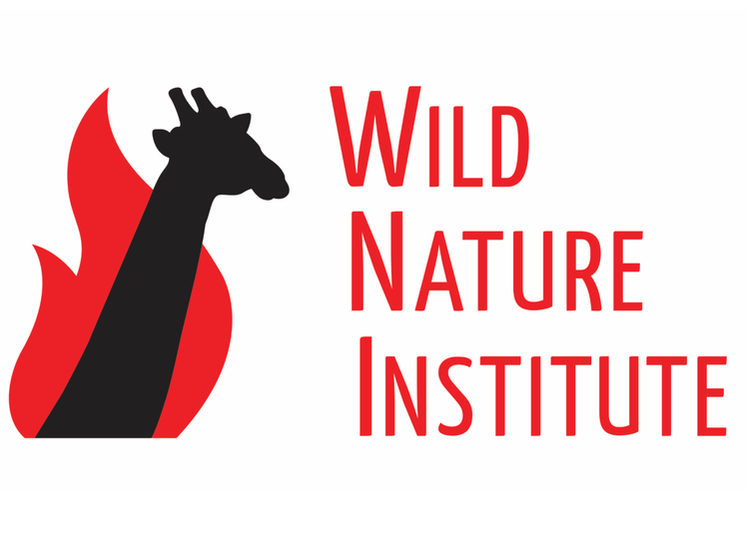|
Mailing Address:
Wild Nature Institute PO Box 44 Weaverville, NC 28787 Phone: +1 415 763 0348 Email: [email protected] |
|
The Wild Nature Institute is a New Hampshire non-profit corporation and a 501(c)3 tax-exempt organization.
© Copyright 2010. All Rights Reserved.

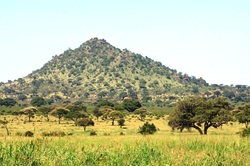
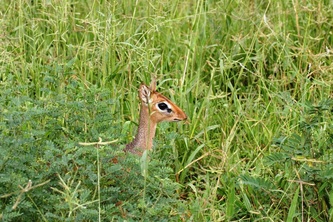
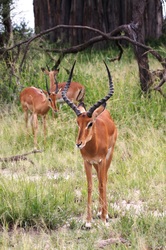
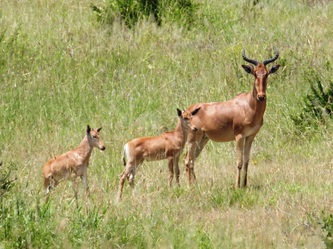
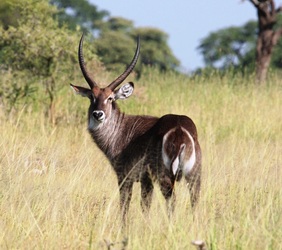
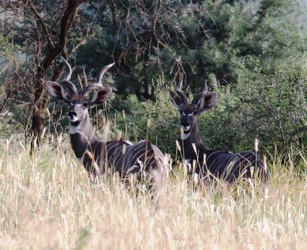
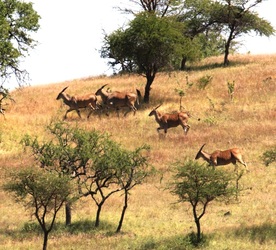
 RSS Feed
RSS Feed
